Drying out buildings
Buildings will need drying out following initial construction works, water damage from fabric defects or failure of services like water supplies, drainage, or air-conditioning condensate lines, and after a flooding event.
It is not possible to tell whether a material is dry enough to paint or otherwise finish just by looking at it or touching it. A traditional rule of thumb when a home is built using traditional building materials and techniques was to allow one month per 25mm of thickness to be dried in good drying conditions. If it is necessary to decorate earlier, you should use a porous finish like emulsion paint and the client should understand that early redecoration might be needed.
image courtesy of selfbuildblog.org
Drying out should not be accelerated too much using heaters or dehumidifiers as this can cause excessive cracking of screeds and/or plaster finishes. If woodwork is already fitted, rapid drying can cause splitting and opening of joints.
Use of natural ventilation by keeping windows open can remove the moisture-laden air from a building replacing it with drier air from outside which, in turn, will pick up further water vapour and remove it from the building. This open drying technique uses lower humidity air outside the property relative to the air within when such ambient conditions are present.
CIRIA: Repair and restoration of buildings following floods
If the windows are not kept open, water will still evaporate from the damp materials, but it will accumulate until it condenses on windows and on walls and other cooler surfaces. This can lead to the development of unsightly and unhealthy mould growth, which will need to be removed.
Using heaters along with keeping the windows open not only increases the rate of evaporation from surfaces but also increases the quantity of water vapour that the air will support. The same degree of ventilation will result in more water vapour being carried to the outside when heaters are used than when they are not. If the windows are closed the moisture build-up will be even more severe than if an unheated room is sealed.
Air exchange and heat drying systems work by raising the temperature of the air within a property, resulting in a fall in relative humidity, and an increase in the rate of evaporation from wet materials. Heated air is circulated throughout affected areas and constantly exhausted to either the air outside, or via a heat exchange system, which recovers heat which can then be used to pre-heat incoming air.
In closed drying, the building is sealed with external doors and windows closed. Mechanical dehumidifiers are used to achieve low relative humidity by continually removing moisture from the air inside the sealed building. Internal temperatures can be raised where required using the building's heating system or additional heaters can be used. Fans are also used to circulate air within the areas being dried. Flueless heaters burning gas or oil that produce water as a product of combustion should not be used as the heat source for drying.
Moving dehumidifiers from room to room is not necessary because equilibrium of vapour pressures within a building can easily be achieved by leaving internal doors open. Windows must be kept closed or the system will attempt to dry the outside air as well. Dehumidifiers remove water more quickly from thin timber sections than from thick masonry walls, and some distortion of the smaller sections of timber can occur.
In target drying, the drying effort is concentrated on a particular surface, rather than the whole room. This is the most efficient method when only a small surface area of the building needs to be dried out, or when one area of the building is particularly difficult to dry in a larger drying project.
The surface to be dried is encapsulated by impermeable material such as plastic sheeting. Warm dry air is then introduced to the space between the impermeable cover and the surface of the material to be dried.
Refrigerant or desiccant dehumidifiers can be used in targeted drying, although refrigerant dehumidifiers would generally need to be sited within the void or tented area.
Further information on drying out a building following flooding can be found at. Drying flood-damaged buildings: current guidance - GOV.UK (www.gov.uk)
Please Note: Every care was taken to ensure the information was correct at the time of publication. Any written guidance provided does not replace the user’s professional judgement. It is the responsibility of the dutyholder or person carrying out the work to ensure compliance with relevant building regulations or applicable technical standards.
Sign up to the building bulletin newsletter
Over 48,000 construction professionals have already signed up for the LABC Building Bulletin.
Join them and receive useful tips, practical technical information and industry news by email once every 6 weeks.
Subscribe to the Building Bulletin
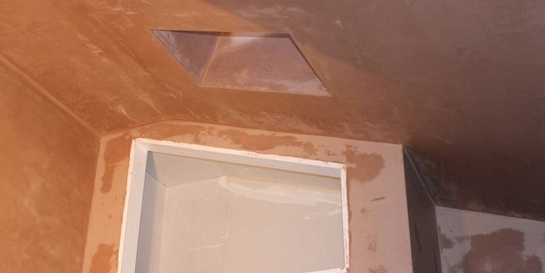

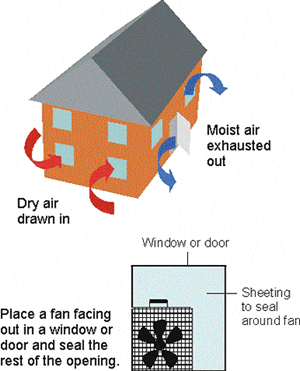
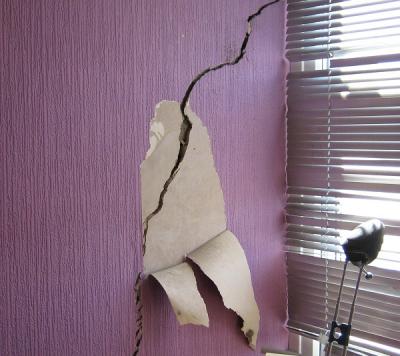
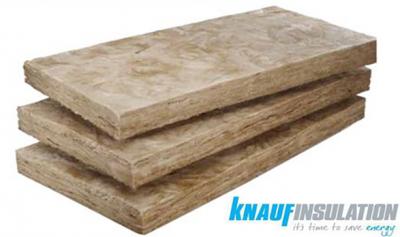
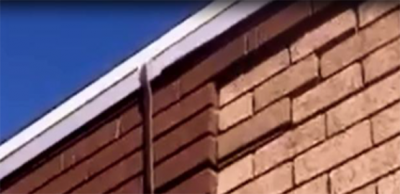
Comments
Add new comment